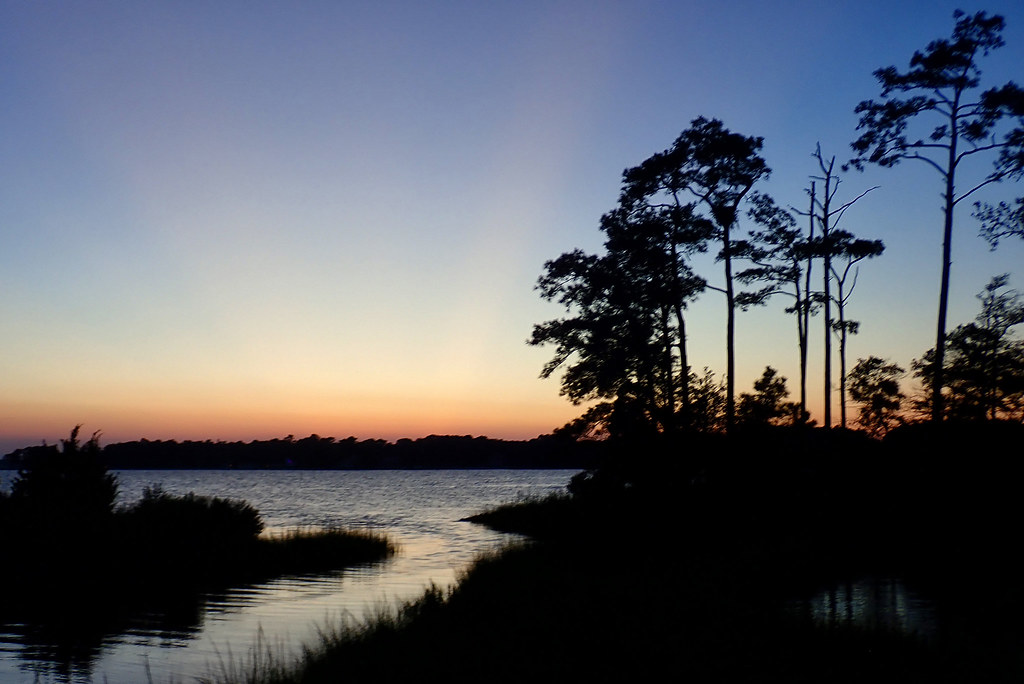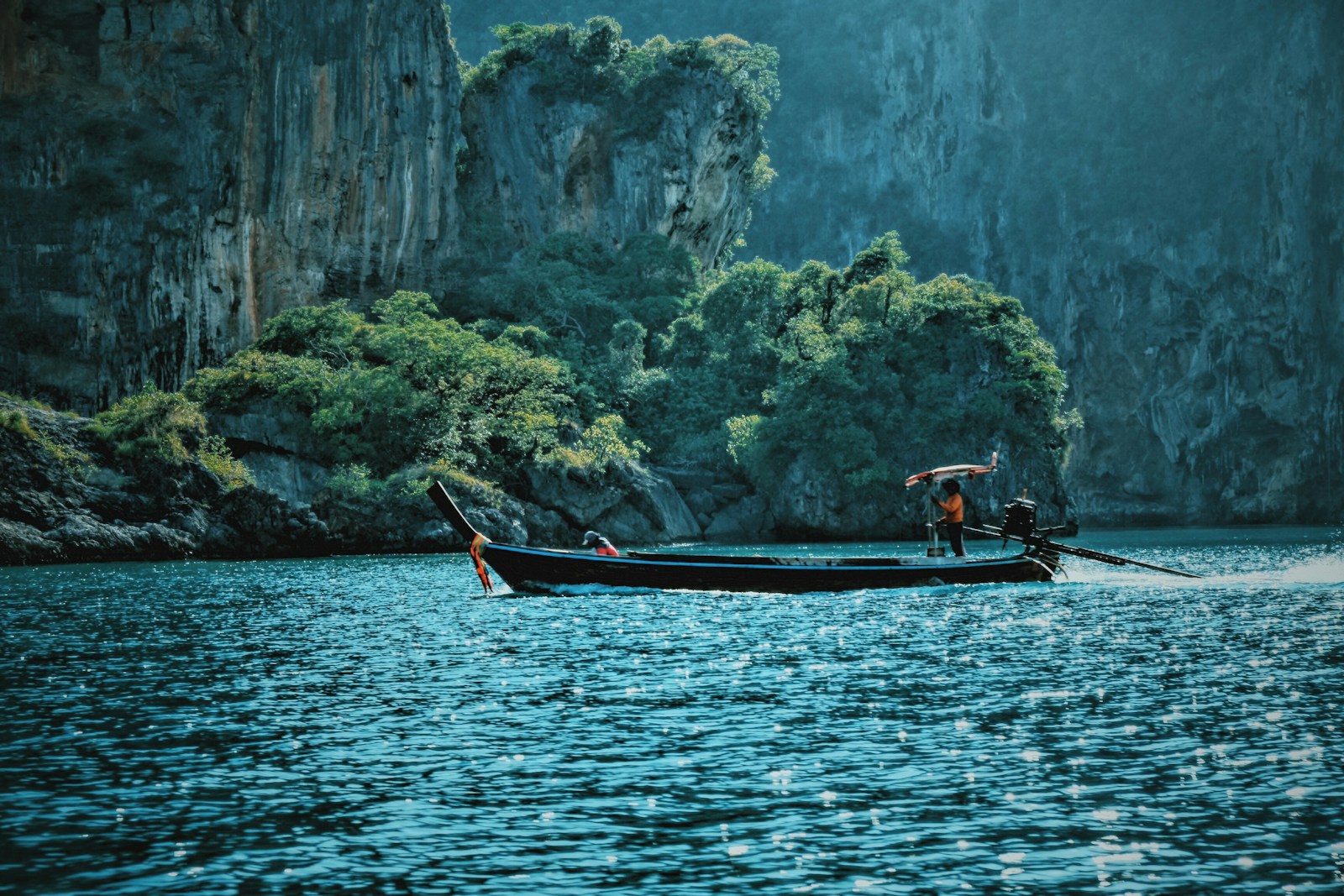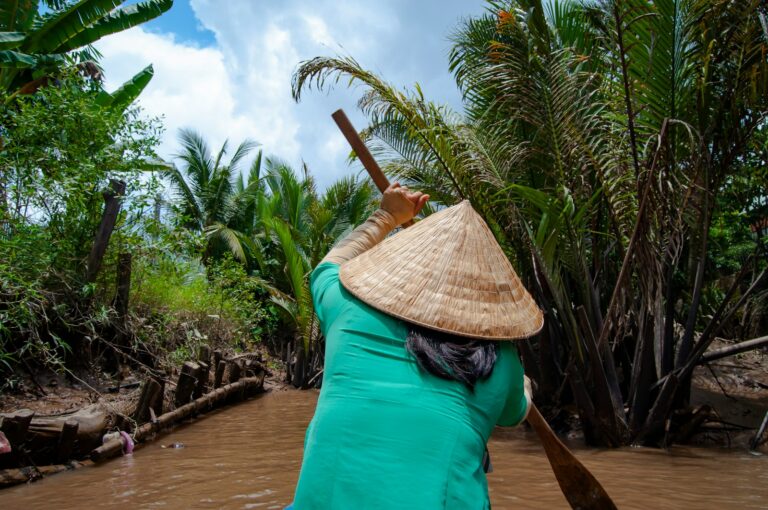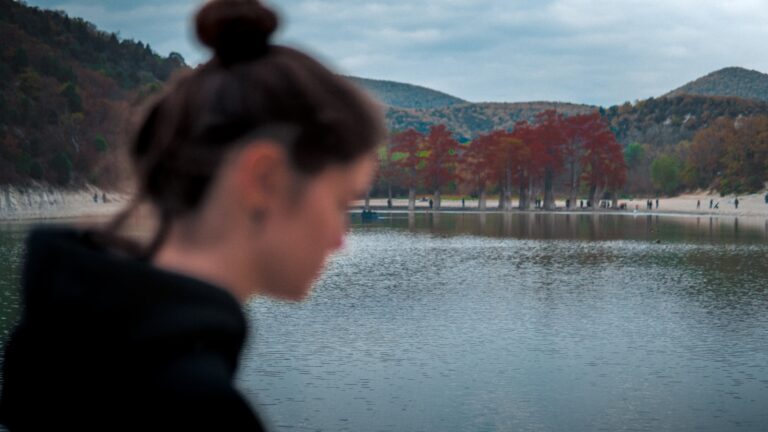In Ben Tre: A Resilience Tale
In Thanh Phuoc commune, Binh Dai, Ben Tre, a story of determination and vision has been taking shape. At its center is Trinh Thi Ngoc Hien, co-founder of Anfoods Joint Stock Company, whose resilience and innovative spirit have transformed the way mangrove-sourced aquatic products are cultivated, marketed, and valued. From the brackish forests where tilapia, freshwater tilapia, sea crabs, and natural tiger shrimp thrive, she has built a model that blends commerce with conservation.

Hien’s philosophy is rooted in sustainability. Anfoods works directly with local mangrove guardians, purchasing their products while ensuring that farming methods protect the fragile ecosystem. She insists on strict standards—no destructive tools, no undersized catches—so that both nature and livelihoods can flourish. Since its founding, Anfoods has secured over twenty loyal wholesale clients, and its practices have pushed up aquatic product purchase prices by more than 30% since the salinity crisis of 2015–2016. For Hien, this isn’t just a business achievement—it’s proof that nature and enterprise can advance together.
Her ambitions are equally bold. By 2030, she aims to make Anfoods the leading supplier of mangrove-sourced products in Ben Tre, known not only for quality but also for protecting vital natural resources. The company’s signature brand, “Người Giữ Rừng” (The Forest Keepers), embodies this mission, focusing on eco-friendly cultivation that preserves food chains and avoids industrial feeds, antibiotics, or hormones. Manual harvesting, selective collection, and the release of supplementary seed stocks maintain ecological balance, ensuring the forest and its waters remain productive for generations.
Hien believes that sustainable partnerships are key. Anfoods guarantees fair prices for mangrove guardians and supports them with marketing, distribution, and technical advice, helping them access wider markets. The company also organizes awareness sessions to teach communities about the ecological value of mangroves and equip them with conservation skills. It collaborates with research institutions to identify species best suited to Ben Tre’s ecosystems, investing in technology and R&D to handle the uncertainties of natural farming. Hien envisions these practices becoming a global benchmark for mangrove conservation.
Beyond fisheries, she sees ecotourism as another path to sustainability. For Hien, ecotourism means exploring natural environments and native cultures in a way that benefits local people and educates visitors. Anfoods has integrated about a hundred hectares of mangroves in Thanh Phuoc, Thua Duc, and Thoi Thuan into a tourism network. The goal is twofold: create economic opportunities for residents and give travelers unforgettable experiences that foster respect for the environment.
The results have been striking. In 2019, Anfoods hosted over 700 tourists; today, it welcomes around 1,000 visitors a month, 10% from abroad. Most are city dwellers eager to explore and give their children meaningful encounters with nature. Kayaking through winding mangrove channels, watching crabs scuttle across roots, and tasting fresh-caught shrimp offer more than recreation—they are lessons in the value of keeping ecosystems intact.
Such successes didn’t come easily. In the early days, Anfoods faced the steep learning curve of finance, production, sales, and corporate law. Hien and her small team tackled these gaps with targeted action. They conducted market research, built a strong brand identity around “Người Giữ Rừng,” and promoted it through social media, advertising, and PR. Stabilizing raw material supply meant forging direct procurement channels, researching potential products, and developing long-term relationships with farmers.
Innovation was another priority. The company invested in marketing campaigns to reach new customers and expanded its offerings through R&D. It cultivated partnerships with organizations and businesses that shared its sustainable ethos. At the same time, Hien had to address the unpredictability of natural farming—weather shifts, seasonal changes, and species with specific reproductive windows required careful planning and adaptation. Each challenge brought a tailored strategy, from adjusting harvest cycles to diversifying species to minimize risk.
Today, Anfoods stands as more than a seafood supplier—it is a model for integrating economic growth with environmental stewardship. The company’s value chain links farmers directly to consumers who care about the origins of their food, strengthening both incomes and awareness. By aligning conservation with commerce, Hien has created a system where protecting mangroves is not a cost, but a shared benefit.
Her vision for the future is clear: a Ben Tre where mangroves are not only preserved but celebrated, where sustainable products from these forests command respect in global markets, and where the people who guard them are recognized as essential partners in protecting the planet’s natural heritage. For Hien, resilience is not just enduring hardship—it’s finding ways to make adversity a catalyst for change.
In the brackish light of Ben Tre’s mangroves, her journey is a testament to what can happen when determination meets respect for nature. From boosting shrimp prices to hosting travelers from across the world, from reviving degraded forests to nurturing new community livelihoods, Trinh Thi Ngoc Hien has shown that one small company can shape a far larger story: one where forests, rivers, people, and prosperity grow together.



